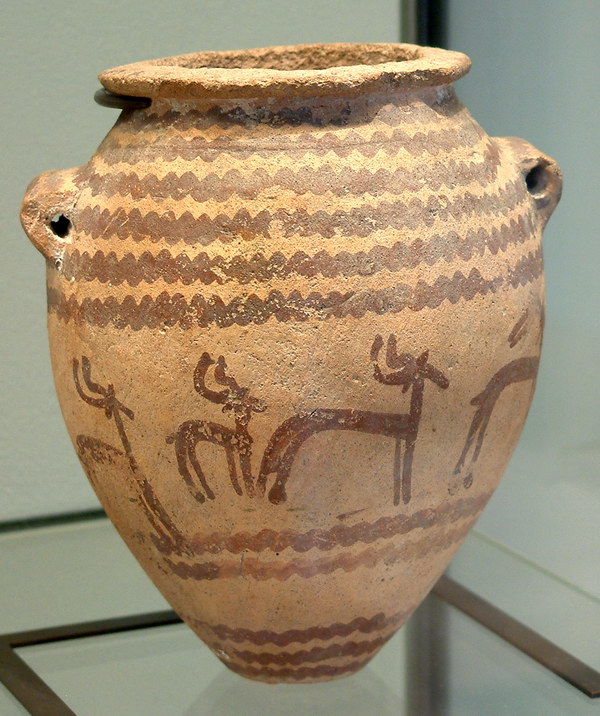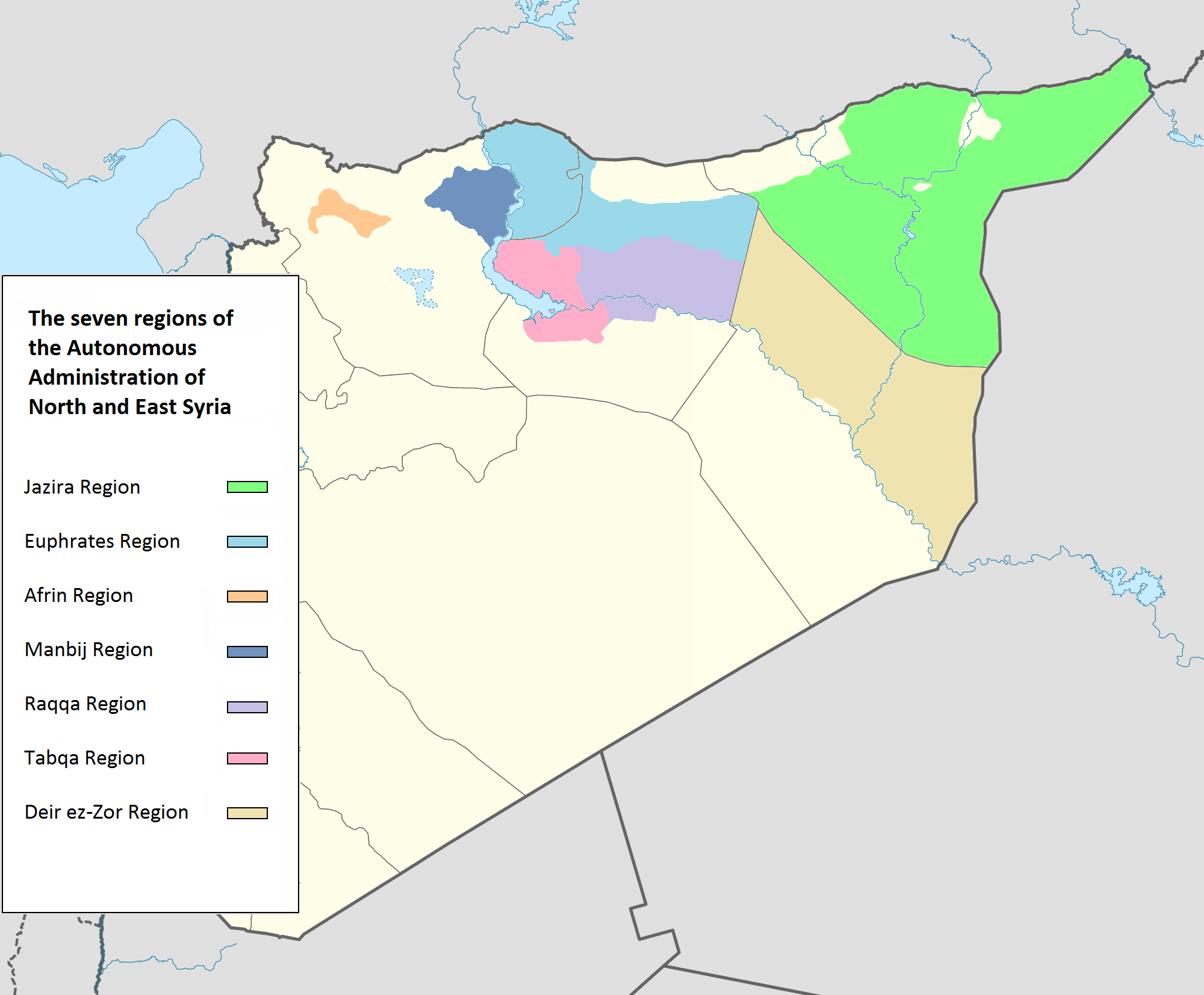|
҆uta
҆uta, (''"Shuta"''), was an Egyptian commissioner of the 1350‚Äď 1335 BC Amarna letters correspondence. The name ''҆uta'' is a hypocoristicon-(nickname/petname) for the Ancient Egyptian god Seth, (Seth being the "God of the Desert", and an 'anti-Horus' god-(duality, Horus/Seth)). The following letters are referenced to commissioner ҆uta, ( EA for 'el Amarna'): :#EA 234—Title: ''"Like Magdalu in Egypt"''– Satatna of Akka/Acre, Israel letter. :#EA 288—Title: ''"Benign neglect"''–Abdi-Heba letter. See: Tjaru. The 2 letters of commissioner: ''҆uta'' EA 288, ''"Benign neglect"'' Abdi-Heba's letters, to the Egyptian pharaoh, are of moderate length, and topically discuss the intrigues of the cities, that are adjacent to Jerusalem, (a region named: Upu). Letter EA 288: (Abdi-Heba no. 4 of 6) :Say the king-(i.e. pharaoh), my lord, y Su: ssage of 'Abdi-Heba, your servant. I fall at the feet of the king, my lord, 7 times and 7 times. Behold, the king, ... [...More Info...] [...Related Items...] OR: [Wikipedia] [Google] [Baidu] |
Satatna
Satatna was the ruler of the city-state of Akko (modern Acre, Israel) around 1350 BC. At the time the city was a vassal of Egypt. Reign Satatna (or Sitatna,҆utatna/''Shutatna') was the ruler of Akko. Amarna Letters In the Amarna Archive, Satatna was the author of three letters (EA 233-235) to the Pharaoh. He is also mentioned letters by Bayadi a mayor in Syria (EA 238) and Burna-Buriash of Karduniash (Babylon) (EA 8). Amarna Letter EA 08. In a letter by Burna-Buriash addressed to "Naphu'rure" of Egypt (Akhenaten or Tutankhamen), he is complaining about his merchants being detained in Canaan. He states "''After Ahu-tabu went to my brother, in Hinnatuna of Canaan, Sum-Adda, the son of Balumme, and Sutatna, the son of Saratum of Akka, sent their men, killed my merchants and took away their money''".Moran 192:16 A list of Satatna authored letters is as follows: :#EA 233—title: ''"Work in progress"'' :#EA 234—title: ''"Like Magdalu in Egypt"''. See: commissioner: ҆ut ... [...More Info...] [...Related Items...] OR: [Wikipedia] [Google] [Baidu] |
Tjaru
Tjaru () was an ancient Egyptian fortress on the ''Way of Horus'' or ''Horus military road'', the major road leading out of Egypt into Canaan. It was known in Greek as Selńď (), in Latin as Sile or Sele, and in Coptic as Selńď or Slńď (). It has been suggested that its remains form the Tel el-Habua near Qantarah.Ian Shaw, ''The Oxford History of Ancient Egypt'', Oxford University Press 2000, , p.200 Barry J. Kemp, ''Ancient Egypt: Anatomy of a Civilization'', Routledge 2005, , p.25 History The Horus of Mesen was worshipped at Tjaru in the form of a lion, and because of its close theological connections to Edfu, it is sometimes referred to as the Edfu of Lower Egypt. Tjaru, being a frontier town in an inhospitable desert region, was a place of banishment for criminals. Horemheb in his Great Edict threatens as punishment for various crimes by officials disfigurement and banishment to Tjaru. References in the Amarna letters Silu is referenced twice in one letter of the 382&ndas ... [...More Info...] [...Related Items...] OR: [Wikipedia] [Google] [Baidu] |
Migdol
Migdol, or migdal, is a Hebrew word (◊ě◊í◊ď÷ľ◊ú◊Ē ◊ě◊í◊ď÷ľ◊ú, ◊ě◊í◊ď÷ľ◊ú ◊ě◊í◊ď÷ľ◊ē◊ú) which means either a tower (from its size or height), an elevated stage (a rostrum or pulpit), or a raised bed (within a river). Physically, it can mean fortified land, i.e. a walled city or castle; or elevated land, as in a raised bed, like a platform, possibly a lookout. "Migdol" has been suggested as a loanword from Egyptian (mktr), ''mekter'',M. Vygus. Middle Egyptian dictionary, p. 627 or ''mgatir'' meaning "fort," "fortification," or "stronghold," and the corresponding term in Coptic is ‚≤ô‚≤ČŌ£‚≤ß‚≤Ī‚≤ó ''meŇ°t√īl''. (Figuratively, "tower" has connotations of proud authority.) However, the word clearly entered Egyptian from the original Northwest Semitic term ''magdalu'', which itself originated with the Akkadian verb ''dagalu'', meaning "to look ''or'' watch." The association of the toponym with watchtowers is confirmed by the relationship of sites bearing Arabic place names relate ... [...More Info...] [...Related Items...] OR: [Wikipedia] [Google] [Baidu] |
Ancient Egypt
Ancient Egypt () was a cradle of civilization concentrated along the lower reaches of the Nile River in Northeast Africa. It emerged from prehistoric Egypt around 3150BC (according to conventional Egyptian chronology), when Upper and Lower Egypt were amalgamated by Menes, who is believed by the majority of List of Egyptologists, Egyptologists to have been the same person as Narmer. The history of ancient Egypt unfolded as a series of stable kingdoms interspersed by the "Periodization of ancient Egypt, Intermediate Periods" of relative instability. These stable kingdoms existed in one of three periods: the Old Kingdom of Egypt, Old Kingdom of the Early Bronze Age; the Middle Kingdom of Egypt, Middle Kingdom of the Middle Bronze Age; or the New Kingdom of Egypt, New Kingdom of the Late Bronze Age. The pinnacle of ancient Egyptian power was achieved during the New Kingdom, which extended its rule to much of Nubia and a considerable portion of the Levant. After this period, Egypt ... [...More Info...] [...Related Items...] OR: [Wikipedia] [Google] [Baidu] |
Greeting-gift (҆ulmńĀnńę)
The greeting-gift (҆ulmńĀnńę) were gifts, or ''presents'' exchanged between Kings, and rulers of the 1350 BC‚Äď1335 BC Amarna letters Text corpus, correspondence. They are notable in the 382–letter Text corpus, corpus for the variety of the gifts, as well as the involvement of the individuals exchanging the gifts, (their motives). The "greeting-gifts" were "peace-offerings" between the rulers, and were a function of intrigues, and country/political relationships, or regional 'country'/kingdom relationships. An example of a discussion of a greeting-gift exchange can be found at one of the authors of the Amarna letters, Zita (Hittite prince). Letter EA 44 is presented, (EA for 'el Amarna'), as an example of the term's usage. Other notable exchanges of greeting-gifts were with Tushratta of Mittani, Assyria, the King of Ugarit-(letter EA 49, by Niqmaddu II), and the King of Babylon. See also *Amarna letters *Zita (Hittite prince) References *William L. Moran, Moran, Willia ... [...More Info...] [...Related Items...] OR: [Wikipedia] [Google] [Baidu] |
Ship
A ship is a large watercraft, vessel that travels the world's oceans and other Waterway, navigable waterways, carrying cargo or passengers, or in support of specialized missions, such as defense, research and fishing. Ships are generally distinguished from boats, based on size, shape, load capacity and purpose. Ships have supported Geographic exploration, exploration, Global trade, trade, Naval warfare, warfare, Human migration, migration, colonization, and science. Ship transport is responsible for the largest portion of world commerce. The word ''ship'' has meant, depending on the era and the context, either just a large vessel or specifically a Full-rigged ship, ship-rigged sailing ship with three or more masts, each of which is Square rig, square-rigged. The earliest historical evidence of boats is found in Egypt during the 4th millennium BCE. In 2024, ships had a global cargo capacity of 2.4 billion tons, with the three largest classes being ships carrying dry bulk (43%), ... [...More Info...] [...Related Items...] OR: [Wikipedia] [Google] [Baidu] |
Slave
Slavery is the ownership of a person as property, especially in regards to their labour. Slavery typically involves compulsory work, with the slave's location of work and residence dictated by the party that holds them in bondage. Enslavement is the placement of a person into slavery, and the person is called a slave or an enslaved person (see ). Many historical cases of enslavement occurred as a result of breaking the law, becoming indebted, suffering a military defeat, or exploitation for cheaper labor; other forms of slavery were instituted along demographic lines such as Racism, race or sex. Slaves would be kept in bondage for life, or for a fixed period of time after which they would be Manumission, granted freedom. Although slavery is usually involuntary and involves coercion, there are also cases where people voluntary slavery, voluntarily enter into slavery to pay a debt or earn money due to poverty. In the course of human history, slavery was a typical feature of civ ... [...More Info...] [...Related Items...] OR: [Wikipedia] [Google] [Baidu] |
Mittani
Mitanni (‚Äď1260 BC), earlier called Šł™abigalbat in old Babylonian texts, ; Hanigalbat or Hani-Rabbat in Assyrian records, or in Egyptian texts, was a Hurrian-speaking state in northern Syria and southeast Anatolia (modern-day Turkey) with Indo-Aryan linguistic and political influences. Since no histories, royal annals or chronicles have yet been found in its excavated sites, knowledge about Mitanni is sparse compared to the other powers in the area, and dependent on what its neighbours commented in their texts. The Hurrians were in the region as of the late 3rd millennium BC. A king of Urkesh with a Hurrian name, Tupkish, was found on a clay sealing dated at Tell Mozan.Salvini, Mirjo. "The earliest evidences of the Hurrians before the formation of the reign of Mittanni." Urkesh and the Hurrians Studies in Honor of Lloyd Cotsen. Urkesh/Mozan Studies Bibliotheca Mesopotamica. Malibu: Undena Publications (1998): 99-115 The first recorded inscription of their language was of ... [...More Info...] [...Related Items...] OR: [Wikipedia] [Google] [Baidu] |
Kingdom Of Kush
The Kingdom of Kush (; Egyptian language, Egyptian: ūďé°ūďĄŅūďąôūďąČ ''kÍú£Ň°'', Akkadian language, Assyrian: ''K√Ľsi'', in LXX őßőŅŌÖŌā or őĎŠľįőłőĻőŅŌÄőĮőĪ; ''EcŇćŇ°''; ''KŇęŇ°''), also known as the Kushite Empire, or simply Kush, was an ancient kingdom in Nubia, centered along the Nile Valley in what is now northern Sudan and southern Egypt. The region of Nubia was an early cradle of civilization, producing several complex societies that engaged in trade and industry. The city-state of Kerma emerged as the dominant political force between 2450 and 1450 BC, controlling the Nile Valley between the first and fourth Cataracts of the Nile, cataracts, an area as large as Egypt. The Egyptians were the first to identify Kerma as "Kush" probably from the indigenous ethnonym "Kasu", over the next several centuries the two civilizations engaged in intermittent warfare, trade, and cultural exchange. Much of Nubia came under Egyptian rule during the New Kingdom of Egypt, New Kingdom pe ... [...More Info...] [...Related Items...] OR: [Wikipedia] [Google] [Baidu] |




